 Your new post is loading...
 Your new post is loading...
Of course, before I share this with you, I also want to remind you that I am quick to embrace and celebrate an ecosystem of diverse schools. What I describe below is neither the best or only way to create an amazing school curriculum. Yet, I can write with confidence that this would certainly contribute to a rich, engaging and rewarding school experience; one that gives ample voice and choice to learners while challenging them to grow in character, competence, confidence, and purpose.
What is Curriculum?
The word “curriculum”, as best as I can tell, comes from the idea of a race course. It is a course of study, a pathway that leads to some destination. Yet, others simply define it in the broadest sense as everything that goes into a student’s learning experience in a formal education program. Traditionally, people thought of the curriculum in terms of content, assessments, resources (like books and other readings), teacher-guided lessons and learning experiences, and the like. Yet, more recently, much conversation about curriculum focuses upon standards, outcomes, resources, and assessments; the items that we frequently see in curriculum maps. Learn more / En savoir plus / Mehr erfahren: https://gustmees.wordpress.com/2016/07/03/reflections-on-a-professional-strategy-for-eskills-eleadership/
Via Gust MEES, Javier Sánchez Bolado
The digital world is a vast expanse of learning and entertainment. But it is in this digital world that kids are also exposed to many risks, such as cyberbullying, technology addiction, obscene and violent content, radicalization, scams and data theft. The problem lies in the fast and ever evolving nature of the digital world, where proper internet governance and policies for child protection are slow to catch up, rendering them ineffective.
Moreover, there is the digital age gap. The way children use technology is very different from adults. This gap makes it difficult for parents and educators to fully understand the risks and threats that children could face online. As a result, adults may feel unable to advise children on the safe and responsible use of digital technologies. Likewise, this gap gives rise to different perspectives of what is considered acceptable behaviour.
So how can we, as parents, educators and leaders, prepare our children for the digital age? Without a doubt, it is critical for us to equip them with digital intelligence. Learn more / En savoir plus / Mehr erfahren: https://gustmees.wordpress.com/2015/07/19/learning-path-for-professional-21st-century-learning-by-ict-practice/ https://gustmees.wordpress.com/2014/10/03/design-the-learning-of-your-learners-students-ideas/ http://www.dqproject.org/
Via Gust MEES
No relatório 'New Vision for Education: Fomento Social e aprendizagem emocional através da Tecnologia ", o Fórum Econômico Mundial explora como" qualidades de caráter ", como colaboração, comunicação e pensamento crítico vai equipar os alunos para ter sucesso na economia digital em rápida evolução. Para prosperar no século 21, os alunos precisam de mais do que a aprendizagem acadêmica tradicional. . Eles devem ser adepto de colaboração, comunicação e resolução de problemas, que são algumas das habilidades desenvolvidas através da aprendizagem social e emocional (SEL) Em 2015, o Fórum Econômico Mundial (WEF) publicou o relatório New Vision for Education: Desbloquear o Potencial of Technology que incidiu sobre a questão premente do fosso e as formas de resolvê-lo através da tecnologia habilidades do século 21. Nesse relatório, WEF definiu um conjunto de 16 proficiências cruciais para a educação. Dessas habilidades, 10 foram marcadas tanto "competências" ou "qualidades de caráter". As competências são os meios pelos quais os alunos abordam desafios complexos; eles incluem colaboração, comunicação e pensamento crítico e resolução de problemas. Qualidades de caráter são as maneiras pelas quais os alunos se aproximam seu ambiente de mudança; eles incluem curiosidade, adaptabilidade e consciência social e cultural.
Saiba mais savoir / en plus erfahren / Mehr: https://gustmees.wordpress.com/2016/05/19/a-holistic-view-of-what-will-influence-education-in-the-future/
Via Gust MEES, Carlos Rodrigues Cadre, Rui Guimarães Lima
What is professional development? It is pretty much anything that helps one develop professionally. At the heart, professional development is about growth and learning. In the field of education, it seems like many quickly think of educational opportunities that mimic what they see in their schools. As a result, they turn professional learning and education into schooling. The problem with that is that schooling is too limiting. In this age, there are many other exciting and high-impact learning opportunities for teachers that extend beyond traditional notions of schooling. When we hear the phrase “professional development,” certain practices likely come to mind, things like in-services and conferences. In the digital age, there are countless other opportunities for professional development and restricting one’s thoughts to just a few options limits our insight into what is possible for our students. With that in mind, here is a brainstorm of 20 options available to educators today. This is far from an exhaustive list, but it is enough to start exploring the possibilities. Feel free to suggest others in a comment to this post. Learn more: Professional Development: WHY EDUcators And TEACHers Can’t Catch UP THAT Quickly AND How-To Change It LEARNing To LEARN For MY Professional Development | I Did It MY Way
Via Gust MEES, Javier Marrero Acosta
Learning by Doing
Education, like life itself, should not be a spectator sport. Merely listening or even reading may create the illusion of learning, but without active engagement, retention of course material, or the ability to apply it, is laughably low. Students who engage in hands-on activities understand concepts more deeply and remember them more accurately.
Project-based, case-based, and team-based learning and problem-solving are activity-based approaches to teaching and learning, allowing students to become creators of knowledge rather than mere recipients of knowledge.
Students might annotate a text or play or work of art, map and analyze data, visually represent change over time, document a neighborhood or community. The web can then make student projects and research publicly accessible.
By learning by doing can take even richer forms. A solver community brings together students and faculty to “crowdsource” innovative solutions to the critical challenges of our time. Tackling a real-world challenge is a proven way to nurture a community of engage, creative learners. One of the broader goals is to transform a class of students into a knowledge network, an ongoing community that can continue to partner and share expertise and insights.
Then there are maker spaces. These are innovation greenhouses, incubators, or accelerators where innovators – whether faculty, students, staff, or others from outside the campus – can work individually or collaborative on projects in a supportive environment.
A new kind of student populates many campuses defined not by demographic characteristics, but by mindset and aspirations. Extraordinarily entrepreneurial, these students, in their spare time, create apps, found start-ups, and devise creative solutions to a host of pressing environmental, health, and technology problems. Learn more / En savoir plus / Mehr erfahren: https://gustmees.wordpress.com/2015/07/19/learning-path-for-professional-21st-century-learning-by-ict-practice/ https://gustmees.wordpress.com/2014/10/03/design-the-learning-of-your-learners-students-ideas/
Via Gust MEES
What compels people to pursue more radical innovations in education? It has now been almost two decades since I started to more seriously and systematically study innovations in education and innovative learning organizations. Many of the musings about that show up in the chapters of my book on Missional Moonshots (not to mention the many articles on this blog), but since my exploration started, I can’t think of a single day that has passed without some thought experiment or reflection about educational innovation. In that sense, it has become a consuming passion for me because I see educational innovation as an important social good, and I have immense respect for those who tap into the courage, creativity and hard work necessary to pursue revolutionary or radical innovations in education. Learn more / En savoir plus / Mehr erfahren: https://gustmees.wordpress.com/2016/02/18/the-new-possibilities-to-learn-and-teach-with-ict/
Via Gust MEES, Ivon Prefontaine, PhD
What is professional development? It is pretty much anything that helps one develop professionally. At the heart, professional development is about growth and learning. In the field of education, it seems like many quickly think of educational opportunities that mimic what they see in their schools. As a result, they turn professional learning and education into schooling. The problem with that is that schooling is too limiting. In this age, there are many other exciting and high-impact learning opportunities for teachers that extend beyond traditional notions of schooling. When we hear the phrase “professional development,” certain practices likely come to mind, things like in-services and conferences. In the digital age, there are countless other opportunities for professional development and restricting one’s thoughts to just a few options limits our insight into what is possible for our students. With that in mind, here is a brainstorm of 20 options available to educators today. This is far from an exhaustive list, but it is enough to start exploring the possibilities. Feel free to suggest others in a comment to this post. Learn more: Professional Development: WHY EDUcators And TEACHers Can’t Catch UP THAT Quickly AND How-To Change ItLEARNing To LEARN For MY Professional Development | I Did It MY Way
Via Gust MEES, Maite Goñi
- Be the thing you teach.
- Be the expert of your classroom.
- Be data savvy.
- Be continually reflective on your practice.
- Be able to defend your practice.
This directive is similar to the data-savvy and expert points, but teacher leaders need to be able to explain their craft. Your administrator will be trotting all kinds of people through your classroom. As a teacher leader, you might be a maverick, doing things a little differently than the rest of the herd. Be prepared to defend that road less traveled. Know why you do the things you do. Then, as a leader, share everything you know. - Be informed about local, state, national education policy.
- Be positive and solutions-oriented.
- Rise above the turbulence.
Learn more:
Via Gust MEES
|
that it’s important for young people to become economically independent and self-sufficient. But to do that, he argues, they shouldn’t all learn the same thing. Instead, they should be learning to be adaptable, to be innovative, to flow with change, to collaborate and other globalized skills that will apply to whatever area of work they are passionate about pursuing. An education can help expose students to different life paths and support them in finding their passions, while giving them the transferable skills to attack any problem. Learn more / En savoir plus / Mehr erfahren: http://www.scoop.it/t/21st-century-learning-and-teaching/?tag=Sir-Ken-Robinson
Via Gust MEES
No relatório 'New Vision for Education: Fomento Social e aprendizagem emocional através da Tecnologia ", o Fórum Econômico Mundial explora como" qualidades de caráter ", como colaboração, comunicação e pensamento crítico vai equipar os alunos para ter sucesso na economia digital em rápida evolução. Para prosperar no século 21, os alunos precisam de mais do que a aprendizagem acadêmica tradicional. . Eles devem ser adepto de colaboração, comunicação e resolução de problemas, que são algumas das habilidades desenvolvidas através da aprendizagem social e emocional (SEL) Em 2015, o Fórum Econômico Mundial (WEF) publicou o relatório New Vision for Education: Desbloquear o Potencial of Technology que incidiu sobre a questão premente do fosso e as formas de resolvê-lo através da tecnologia habilidades do século 21. Nesse relatório, WEF definiu um conjunto de 16 proficiências cruciais para a educação. Dessas habilidades, 10 foram marcadas tanto "competências" ou "qualidades de caráter". As competências são os meios pelos quais os alunos abordam desafios complexos; eles incluem colaboração, comunicação e pensamento crítico e resolução de problemas. Qualidades de caráter são as maneiras pelas quais os alunos se aproximam seu ambiente de mudança; eles incluem curiosidade, adaptabilidade e consciência social e cultural.
Saiba mais savoir / en plus erfahren / Mehr: https://gustmees.wordpress.com/2016/05/19/a-holistic-view-of-what-will-influence-education-in-the-future/
Via Gust MEES, Carlos Rodrigues Cadre, Rui Guimarães Lima
“When we have a rich meta-strategic base for our thinking, that helps us to be more independent learners,” said Project Zero senior research associate Ron Ritchhart at a Learning and the Brain conference. “If we don’t have those strategies, if we aren’t aware of them, then we’re waiting for someone else to direct our thinking.”
Helping students to “learn how to learn” or in Ritchhart’s terminology, become “meta-strategic thinkers” is crucial for understanding and becoming a life-long learner. To discover how aware students are of their thinking at different ages, Ritchhart has been working with schools to build “cultures of thinking.” His theory is that if educators can make thinking more visible, and help students develop routines around thinking, then their thinking about everything will deepen.
His research shows that when fourth graders are asked to develop a concept map about thinking, most of their brainstorming centers around what they think and where they think it. “When students don’t have strategies about thinking, that’s how they respond – what they think and where they think,” Richhart said. Many fifth graders start to include broad categories of thinking on their concept maps like “problem solving” or “understanding.” Those things are associated with thinking, but fifth graders often haven’t quite hit on the process of thinking. Learn more / En savoir plus / Mehr erfahren: https://gustmees.wordpress.com/2015/07/19/learning-path-for-professional-21st-century-learning-by-ict-practice/ https://gustmees.wordpress.com/2014/10/03/design-the-learning-of-your-learners-students-ideas/
Via Gust MEES
Part of the research conducted at the Luxembourg Institute of Science and Technology (LIST) probes the boundary of current technology. Researchers of the LIST would like to invite you to discover one of the innovations in the domain of Tangible User Interfaces that they are currently developing to help adopters of the tangible tabletop technology to develop applications. As a big part of Applied Research is the transfer of knowledge, we would be happy to welcome you to our TULIP Hackathon!
Via Gust MEES
The University of Luxembourg is set to create a centre for research, teaching and knowledge transfer in logistics to support Luxembourg’s development as a transport and logistics hub in Europe.
The University will enlist the assistance of the prestigious Massachusetts Institute of Technology (MIT), which is consistently ranked as one of the top ten universities in the world, for this project. The Luxembourg Ministry for Higher Education and Research will offer political and financial support. The government on 30 October charged the Minister for Higher Education and Research to finalise the agreement together with the University of Luxembourg, as well as pledging funding for the centre for a period of ten years.
Via Gust MEES
|



 Your new post is loading...
Your new post is loading...

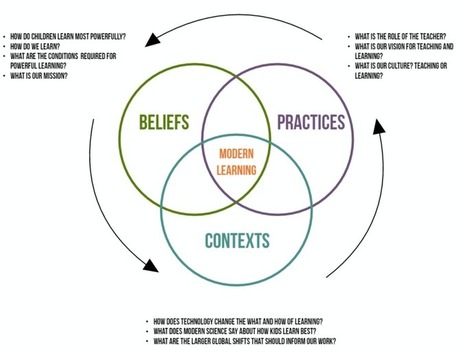

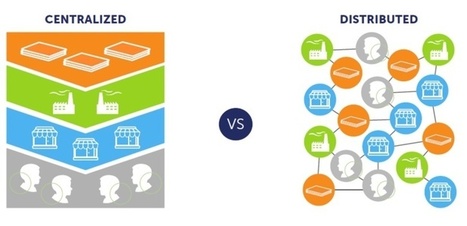


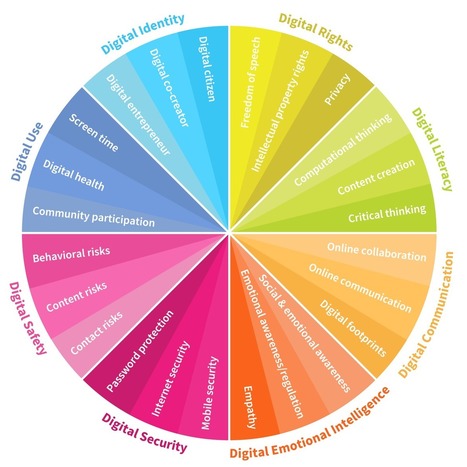












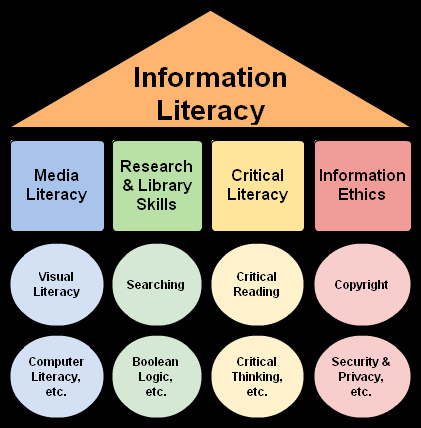





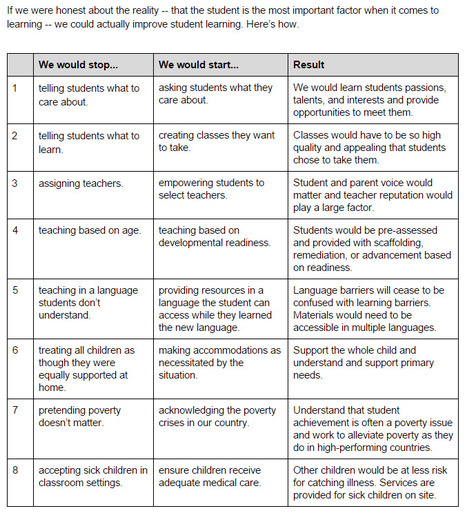







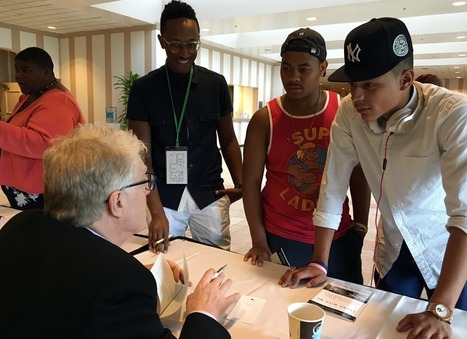


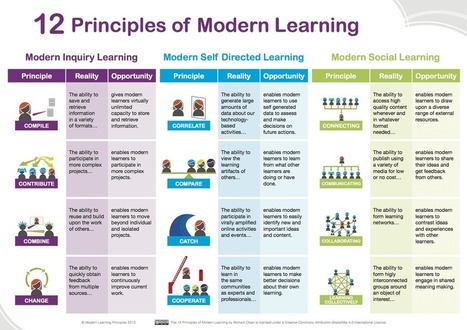

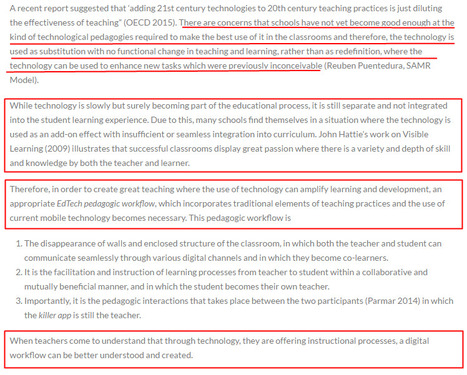
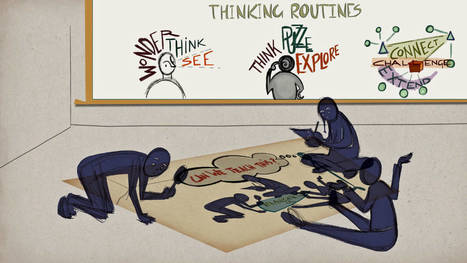

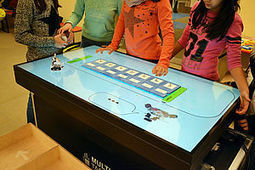

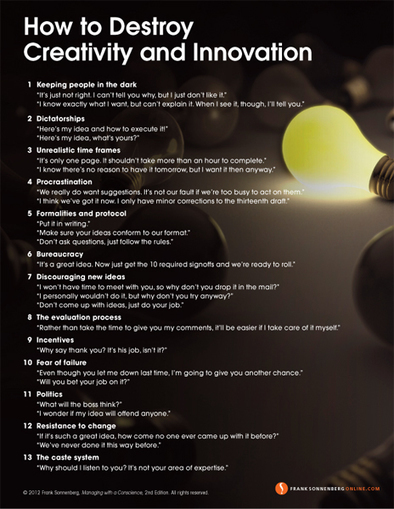




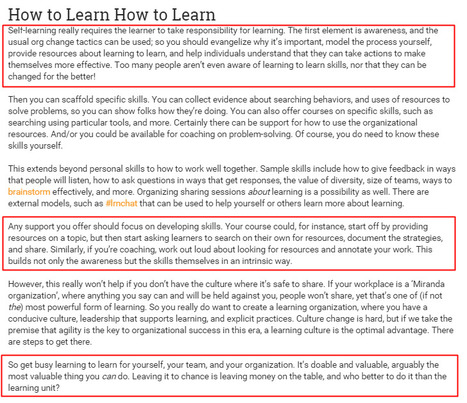

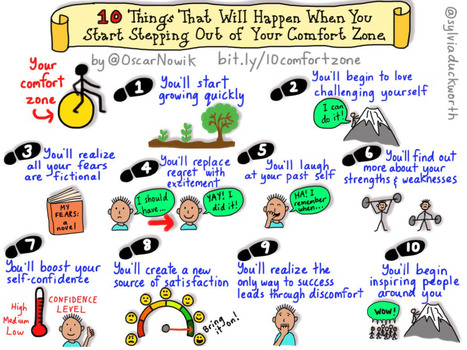









Richardson says to be part of modern learning, teachers need to actively educate themselves about the context students live in and how they can improve as educators.
“There’s never been a more amazing time to be a learner,” Richardson said. “How are we in education not running towards that in our own personal lives and embracing that?”
It’s not just about connecting on Twitter with other educators or asking for professional development about technology. If teachers are waiting for a planned PD about something they are probably already stuck. “You have to have the disposition of an eight-year old to find your own learning,” Richardson said.
Learn more / En savoir plus / Mehr erfahren:
https://gustmees.wordpress.com/2016/02/18/the-new-possibilities-to-learn-and-teach-with-ict/
https://gustmees.wordpress.com/2016/02/18/the-new-possibilities-to-learn-and-teach-with-ict/
https://gustmees.wordpress.com/2015/11/27/unlearning-the-old-relearning-learning-to-learn-howto/
https://gustmees.wordpress.com/2015/12/27/what-are-the-best-ways-of-teaching-and-learning-ideas-and-reflections/
https://gustmees.wordpress.com/2015/07/19/learning-path-for-professional-21st-century-learning-by-ict-practice/